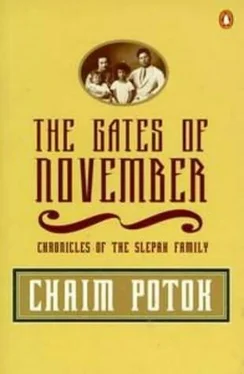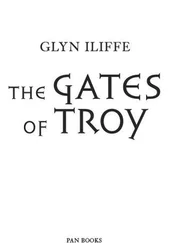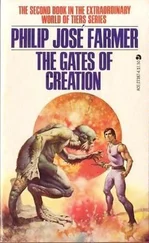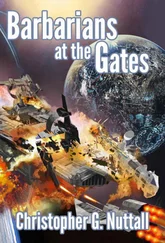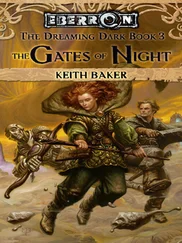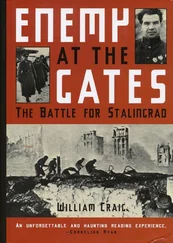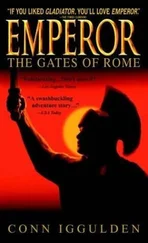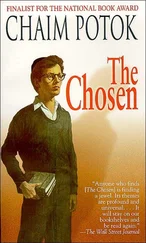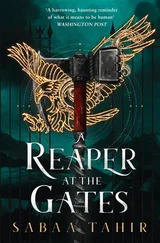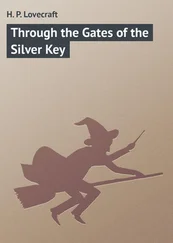No face in that photograph wears a smile. This was, after all, a picture for posterity, marking a high moment of public celebration.
Other photographs mark suffering and death. There is an intriguing photograph that invites us to contemplate the miracle of a pogrom mysteriously averted: The synagogue in Mstislavl, built in the first half of the seventeenth century, stands tall and boldly peaked against a whitish sky, its destruction suddenly halted by Tsar Peter the Great, who, on entering the city with troops in 1708, visited the synagogue and mysteriously and abruptly ordered his soldiers to cease their plundering and killing of Jews. “Only with the help of God did the tsar save us,” comments the record book of that Jewish community. But the hand of God seemed unable to save others. And so we have photographs of a different sort: pogroms consummated with singular barbarousness.
Pictures of pogroms are difficult to bear. The head wounds are what shock one most. The Russians, wielding sabers and axes, seemed to go for the Jewish head. One photograph of the wounded shows nearly every head bandaged, thirty or so heads, assembled to record and display the event to the world, most of them the heads of elderly men and women. And there are photographs of rows and rows of bodies with heads fearsome to behold. City after city in Russia, from 1881 to 1917, witnessed fractured Jewish heads and rows of Jewish bodies: Mogilev, Minsk, Gomel, Bialystok, Lodz, Kiev, Zhitomir, Vologda, Simbirsk, Balta, Smela, Odessa. And Kishinev.
Solomon Slepak was about three years old when his family moved from Dubrovno to nearby Kopys. They lived with a family of rabbis friendly to Solomon’s father. The Jews in and near Dubrovno would certainly have heard of the 1903 pogrom in Kishinev, a city not far from Odessa near the Black Sea; it attracted the attention of the world. More than three hundred dead, thousands wounded, six hundred children orphaned, fifteen hundred homes and shops plundered, forty thousand people left without property or means of work. The Kishinev pogrom occurred when Solomon Slepak was ten years old. His father had been dead about two years.
In October 1905, there was one week in which three hundred pogroms took place in cities throughout Russia. Five months later young Solomon Slepak became a bar mitzvah and entered adulthood. Soon afterward he was told by his mother, Basheva, that she wished him to enter an academy of traditional Jewish learning, become a rabbi, and carry on the tradition of his late father, Israel, by linking his fate to the generations of rabbis and teachers in the father’s family. Either that or-the implied threat, though unstated, was quite clear-leave the house. Slepak family history reverberates with echoes of furious quarrels between mother and son, the mother defending her dead husband’s dream, the son weighing his own future.
The chronicles tell us that at the age of thirteen, Solomon Slepak left home.
Other young Jews were leaving then, too, fleeing from their religious homes, living with fellow runaways in vile rooms, sharing food and clothes, attending or watting to be accepted into Russian schools, barely eking out livelihoods by tutoring the children of well-to-do Jewish families or working at odd jobs. Many died of hunger and disease.
Solomon Slepak fled to his older brother, Aaron, who still lived in nearby Dubrovno and worked in the textile factory. Aaron was then twenty-seven, devout, married, and with children. Solomon sought his brother’s support, but his brother thought it a fine idea that Solomon become a rabbi and urged him to return home.
Solomon moved on once again, to the town of Orsha, some twenty kilometers north of Dubrovno, to the home of a Dr. Zarkhi, an old friend of his family’s. The doctor, who was not an observant Jew, took the boy in and gave him a room in the attic.
No one seems to know why this Dr. Zarkhi accepted the thirteen-year-old Solomon into his home and what his precise connection was to the Slepak family. But it was not uncommon in those days for people to take in the runaway children of friends rather than abandon them to a bed in a reeking cellar or tenement, to streets and hooligans and the specter of disease, starvation, death.
Solomon Slepak intended to enter a technical school, but he was too young and unprepared for the qualifying entrance examinations. He helped himself by getting his date of birth changed on his official documents from March 6, 1893, to March 6, 1892-no details are available as to how that feat was accomplished; probably a small bribe was slipped to some low-level official-making himself a year older and, he hoped, thereby gaining earlier admission to the school. He began to study for the examinations.
About ten thousand Jews lived in Orsha; they were a little over 50 percent of the total population. Like Dubrovno, Orsha was situated on the Dnieper River; unlike Dubrovno, it had a railroad station. More than thirty Orsha Jews lost their lives in the pogroms that swept through the cities of Russia in October 1905.
That was a time of upheaval not only for Jews but also for Russians. In January 1905 workers had demonstrated in the streets of St. Petersburg, urged on by an Orthodox priest, Father Georgy Gapon. They asked to meet with their beloved tsar in the Winter Palace and present him with a petition of grievances; they were met instead by a hail of bullets from the tsar’s troops. Estimates of the slain ran from 130 to nearly 1,000. Regarded until then with profound reverence by most Russians, the tsar now became an object of loathing and fury. “Nicholas the Bloody,” the Russians began to call him.
It is hardly likely that Solomon Slepak was unaware of the events then taking place in Russia. The sophisticated, secularist family of Dr. Zarkhi no doubt contained avid readers. More than two thousand periodicals of all opinions were being published in Russia in those years; tsarist censorship of the press was lax. Between 1906 and 1914 the different factions of the Social Democratic Party that were calling for revolution published legally more than three thousand titles. Surely some of those publications found their way into Dr. Zarkhi’s home and were read by Solomon Slepak.
After passing his entrance examinations, Solomon entered the technical school, where he studied mathematics, physics, accounting, German, and French, among other subjects. Not part of the curriculum was the everyday talk among students about contemporary events: the tsar’s reluctant agreement to transform the country into a constitutional monarchy; the election of the first parliament in 1906, its dissolution by the tsar, and the three parliamentary elections that followed; the more than forty political parties that were represented, including delegates from Jewish parties; the stratagems and maneuverings of the revolutionaries. In the corridors and classrooms of the school, and while swimming in the waters of the Dnieper and lounging along the riverbank, older students quickly radicalized younger ones.
The family chronicles tell us that Solomon was introduced to radical ideas during his years in the technical school, and attended meetings of the Social Democratic Party. But there is no indication that he had yet turned into a revolutionary.
He was graduated in 1913, intending to continue his studies in a university. He was twenty, short, stocky, with thick, curly hair black like the wing of a crow, a somewhat too-large nose, thickish lips, and slanted dark brown eyes that gave him a slightly Mongol look. He had short arms and legs, was broad-shouldered, very strong, and in excellent health. Splendid material for the army of Tsar Nicholas II.

Solomon Slepak completed his studies in a year rife with rumors of impending war. He applied to the High Technological Institute in Moscow and was rejected; the institute’s quota system admitted a low and fixed number of Jews. The rage in the hearts of young Russian Jews because of that quota system!
Читать дальше
